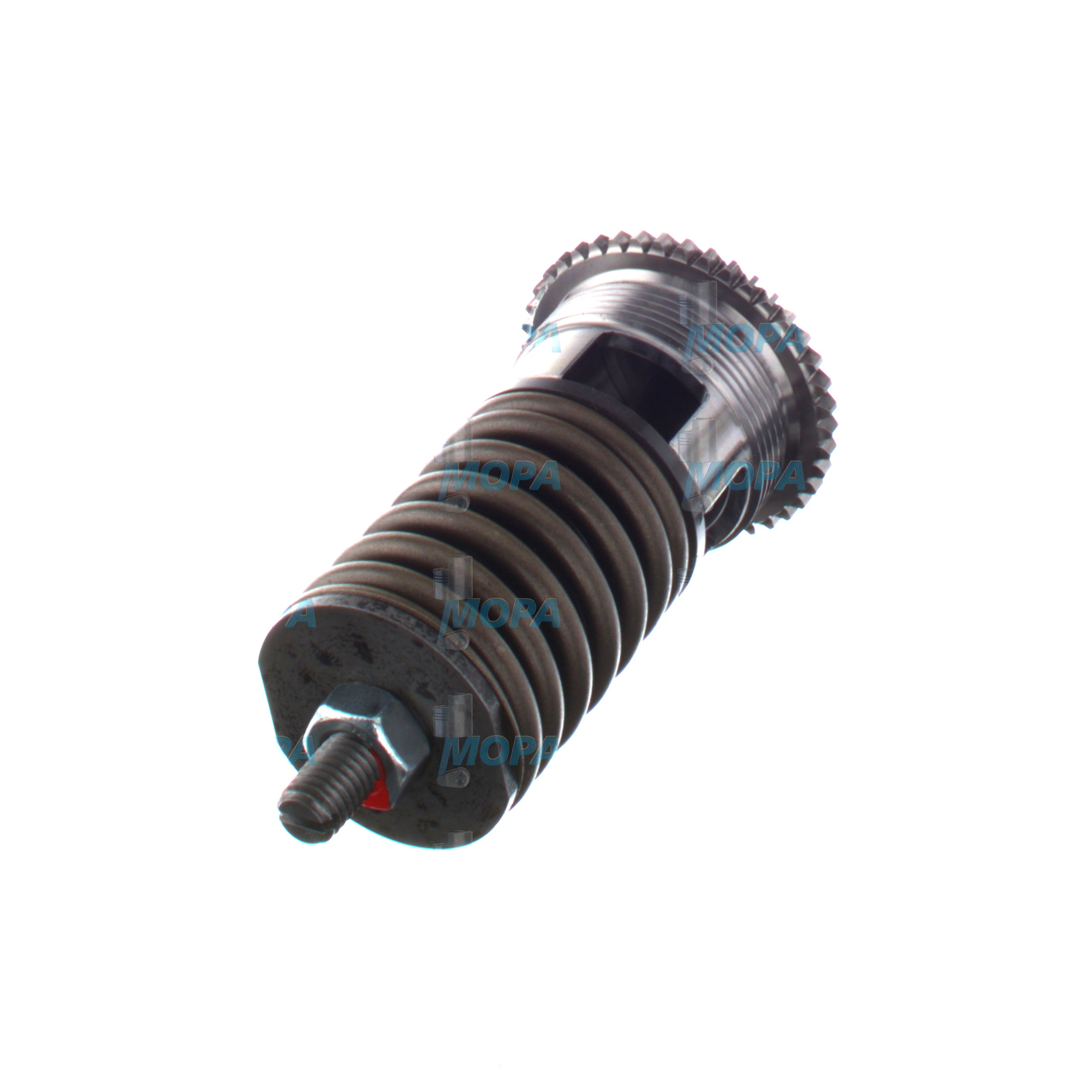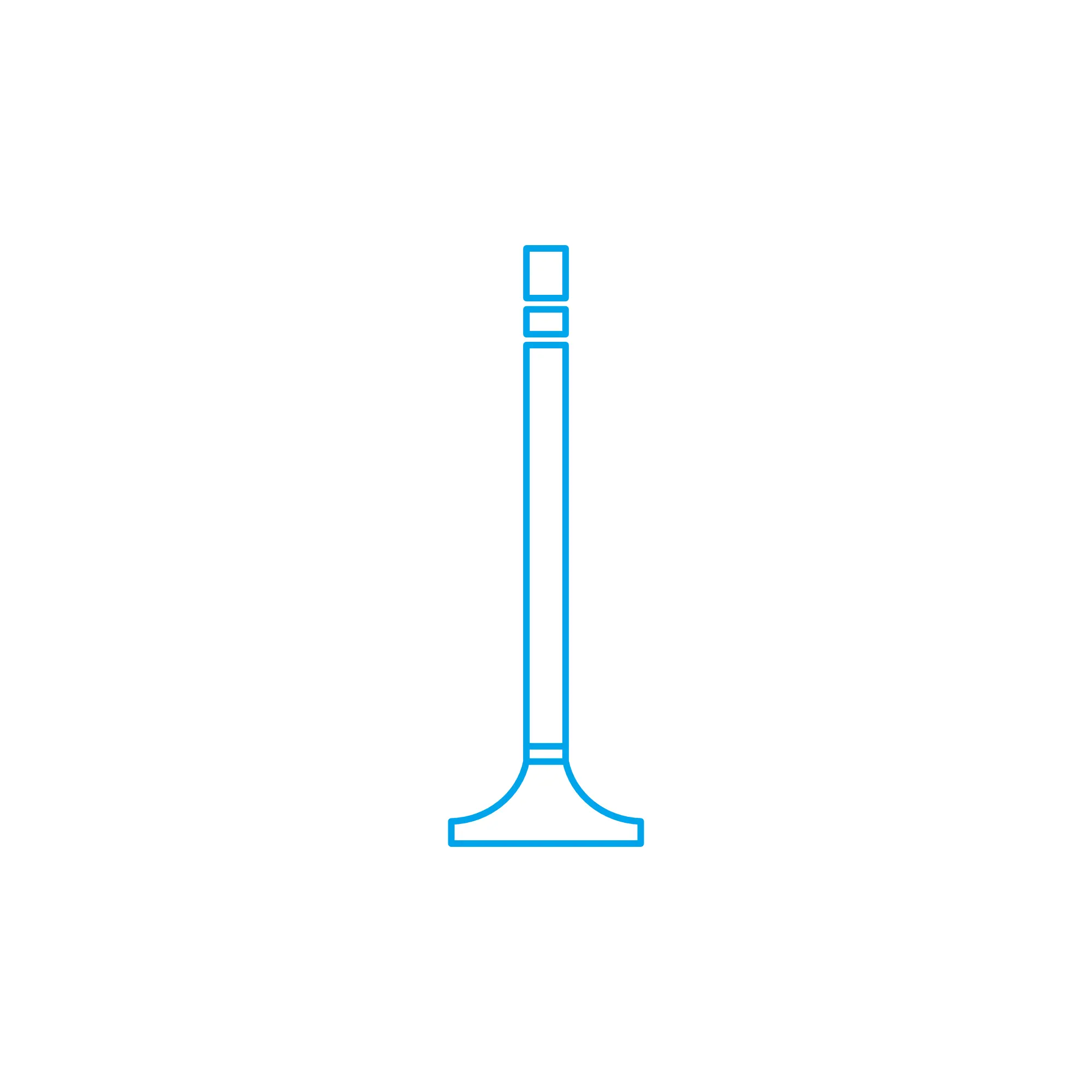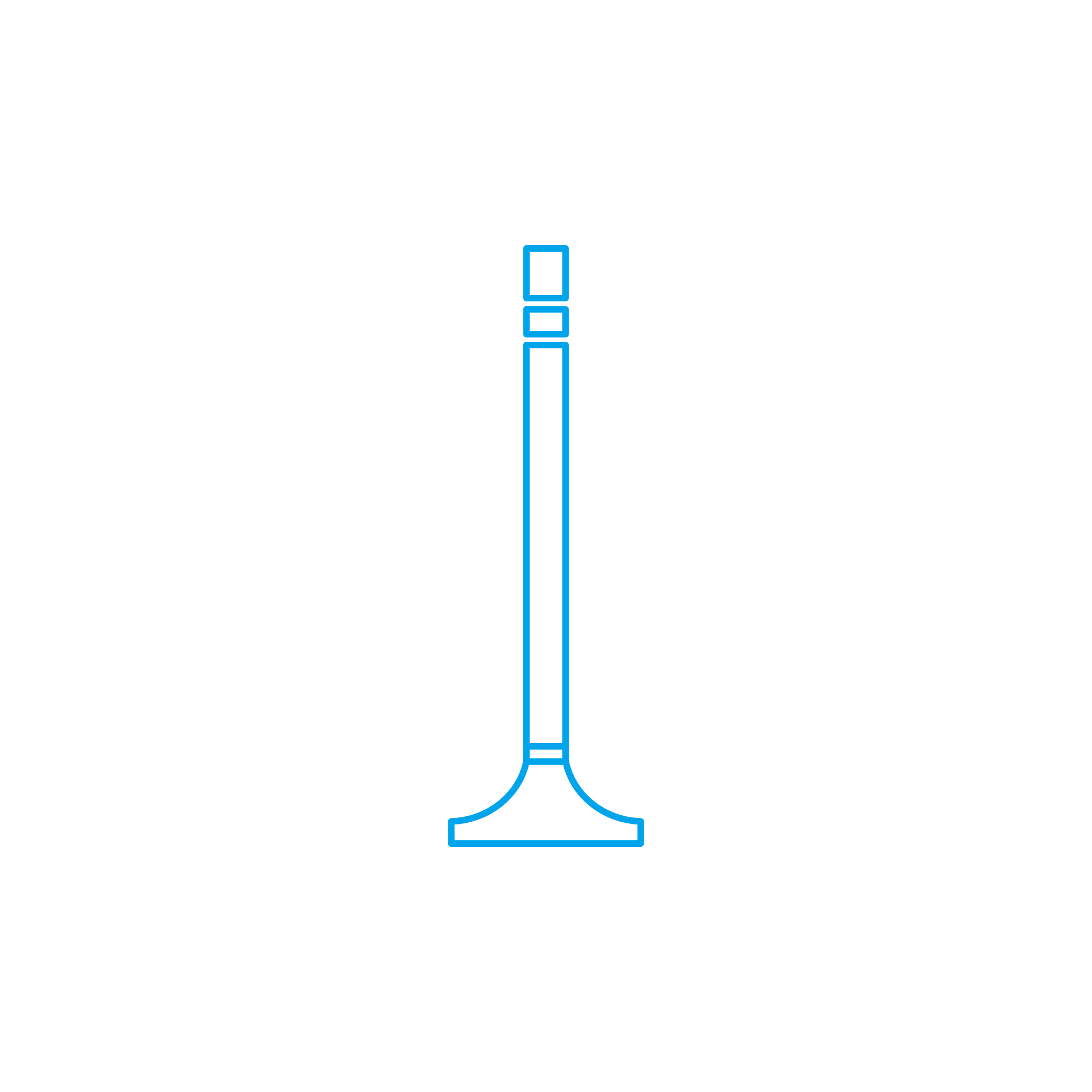PRESSURE RELIEF VALVE for Valves in Heavy-Duty Diesel and Marine Engines
Valves are precision engine components that control, meter, or protect the flow of liquids and gases within vital circuits. In any diesel engine, gas engine, or marine engine, they manage pressure, direction, and timing—ensuring clean combustion, stable lubrication, effective cooling, and safe operation. Within this broad category, the PRESSURE RELIEF VALVE stands out as a safety-critical element that prevents overpressure events and shields high-value components from damage.
Whether installed on the main lube oil gallery, fuel rail, cooling loop, or hydraulic control systems, valves are the unsung regulators of engine reliability. Correct selection and condition of these parts translate directly into uptime, fuel efficiency, and long-term cost control. For technical decision-makers, understanding how each valve type functions—particularly the PRESSURE RELIEF VALVE—is essential for confident maintenance and procurement planning.
Technical function of Valves and the PRESSURE RELIEF VALVE in diesel engine and marine engine applications
Engine systems rely on multiple valve types, including intake and exhaust valves in the cylinder head, check valves to prevent backflow, control valves for actuation, and safety valves to protect circuits. The PRESSURE RELIEF VALVE is specifically engineered to open when the system pressure exceeds a calibrated setpoint, diverting flow to a safe return path—typically a tank, sump, or bypass—before reseating once pressure normalizes.
In a diesel engine lubrication circuit, a PRESSURE RELIEF VALVE protects bearings, filters, and pump housings during cold starts, viscosity spikes, or transient load changes. In a marine engine cooling system, it mitigates thermal expansion surges and protects heat exchangers from stress. Fuel systems may use relief and safety valves to avoid injector damage and rail deformation under oscillating load conditions. Key design elements include a spring-loaded poppet or spool, hardened seat, defined cracking pressure, blowdown characteristic (the differential between opening and reseating pressures), and a flow capacity (Cv) large enough to stabilize pressure quickly.
Precision matters: setpoint tolerance must match the engine maker’s specification, materials must resist corrosion and erosion (e.g., stainless steels, nitrided seats), and seals must withstand fuel, oil, and coolant chemistry (FKM, PTFE, or equivalent). Using a PRESSURE RELIEF VALVE described and supplied as OEM parts ensures the calibration, dimensions, and materials align with the intended service, minimizing the risk of drift, chatter, or leakage that could compromise performance or safety.
- · Accurate cracking pressure and tight blowdown control
- · High, stable flow capacity to manage sudden pressure spikes
- · Wear-resistant seats and guided poppets for repeatable operation
- · Corrosion-resistant materials suited to oil, fuel, or coolant media
- · Fast reseating behavior for minimal pressure oscillation
- · Configurations for diesel engine and marine engine duty cycles
- · Full compatibility when specified as OEM parts
Importance of Valves for engine operation, reliability, and service life
Valves directly influence the stability and longevity of engine subsystems. If a PRESSURE RELIEF VALVE or related valve wears, sticks, or drifts out of calibration, the consequences escalate quickly. Overpressure can crack filters, deform fuel rails, burst hoses, and cause seal blowouts; underpressure leads to oil starvation, bearing distress, injector misfire, and elevated thermal stress. Chattering valves contribute to pressure pulsations that shorten pump life and create cavitation damage. Even minor leakage across a seat elevates operating temperatures, dilutes lubricant with aeration, and undermines efficiency.
Typical warning signs include unstable gauge readings at steady RPM, slow pressure recovery after load steps, abnormal temperature rise in cooling circuits, and audible chatter. Preventive steps involve periodic setpoint verification on a calibrated test bench, inspection of spring free length and rate, checking poppet guidance for scoring, and replacement of seals and gaskets during overhaul intervals. Keeping valves within their designed operating window preserves not only safety margins but also fuel economy and emissions performance.
Advantages of OEM spare parts suitable for Valves, including the PRESSURE RELIEF VALVE
Choosing OEM spare parts suitable for valves secures the dimensional accuracy, metallurgy, and calibration that the engine was engineered around. This directly translates to predictable performance, fewer unplanned stops, and a better lifecycle cost profile. For a PRESSURE RELIEF VALVE, the spring rate, seat geometry, and flow path are tightly matched to the pump curve and circuit resistance—details that are critical to hitting the set pressure and maintaining stable blowdown.
With OEM spare parts, purchasers benefit from consistent setpoint tolerances, validated sealing materials, and proven compatibility with existing housings and fittings. Installation becomes straightforward, commissioning delays shrink, and maintenance teams can apply known procedures without rework. Over time, the result is higher reliability, cleaner audits and inspections, and reduced exposure to secondary damage across bearings, injectors, and heat exchangers.
MOPA as your partner for OEM spare parts: Valves and PRESSURE RELIEF VALVE supply
MOPA is an experienced and reliable partner for OEM spare parts Valves, delivering speed, quality, and security in the trade of OEM parts for diesel and gas engines. Our team identifies the correct PRESSURE RELIEF VALVE by engine model, system setting, and media, ensuring you receive the precise configuration needed for your application. We prioritize short lead times, rigorous quality control, and safe logistics to keep fleets and plants running.
From urgent breakdown orders to planned overhauls, MOPA supports purchasers, shipowners, and technical stakeholders with expert sourcing, documentation, and cross-referencing. You benefit from streamlined procurement, dependable availability, and parts that meet the intended calibration and material standards across marine engine and power generation environments.
Conclusion: PRESSURE RELIEF VALVE and Valves at the heart of engine safety
Valves—especially the PRESSURE RELIEF VALVE—safeguard the core systems of diesel and marine engines by stabilizing pressure and preventing costly failures. Selecting OEM spare parts suitable for Valves protects performance, reliability, budget, and service life across the entire engine.
MOPA provides fast, secure access to the right OEM parts, helping you maintain safe operation and predictable uptime in demanding applications.







